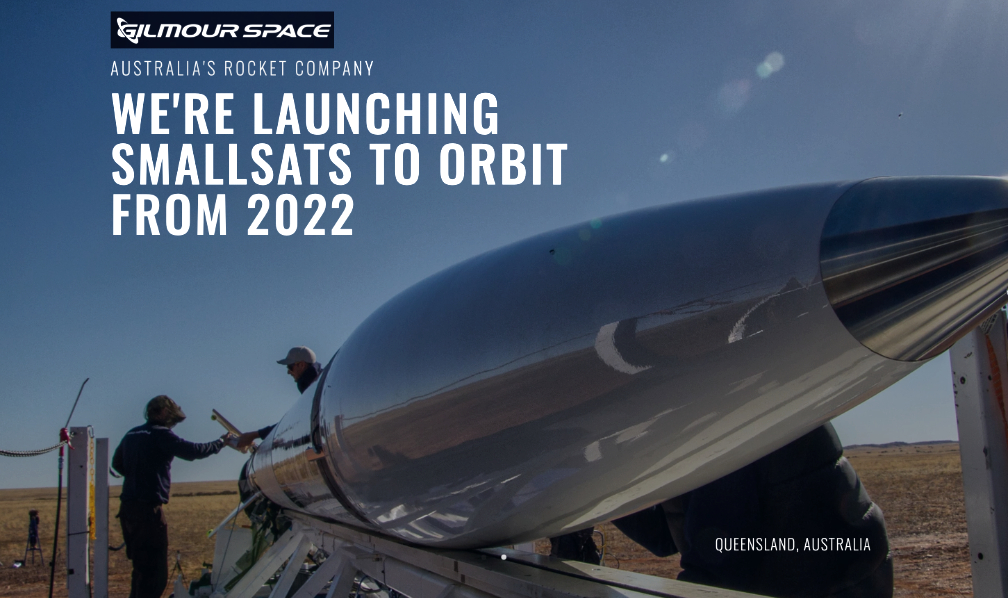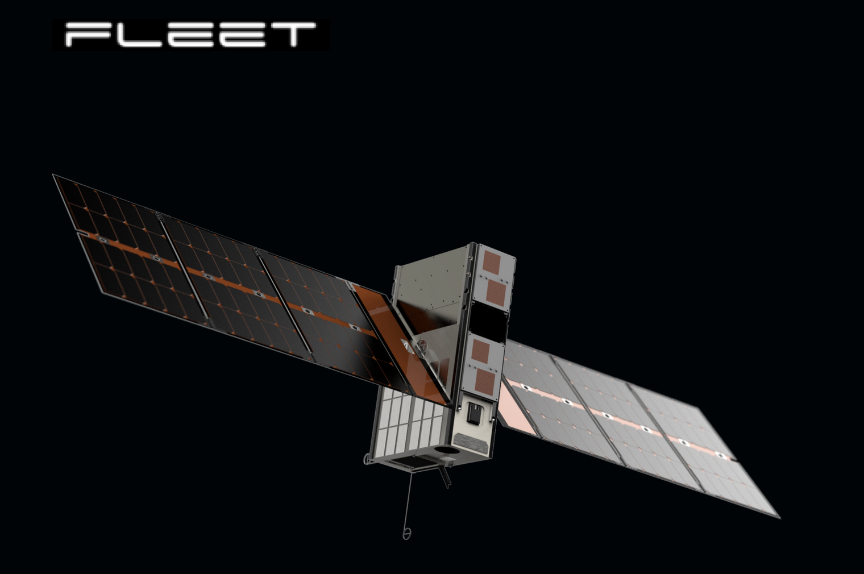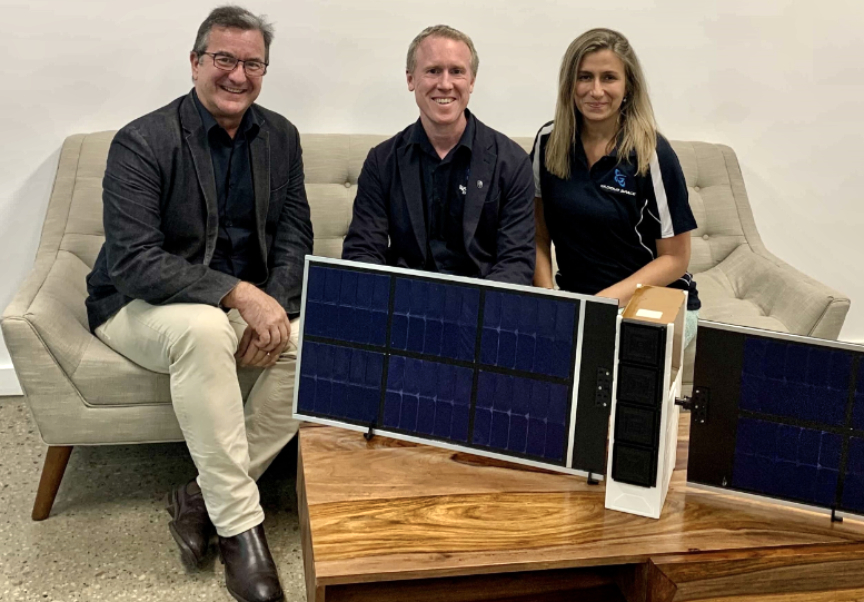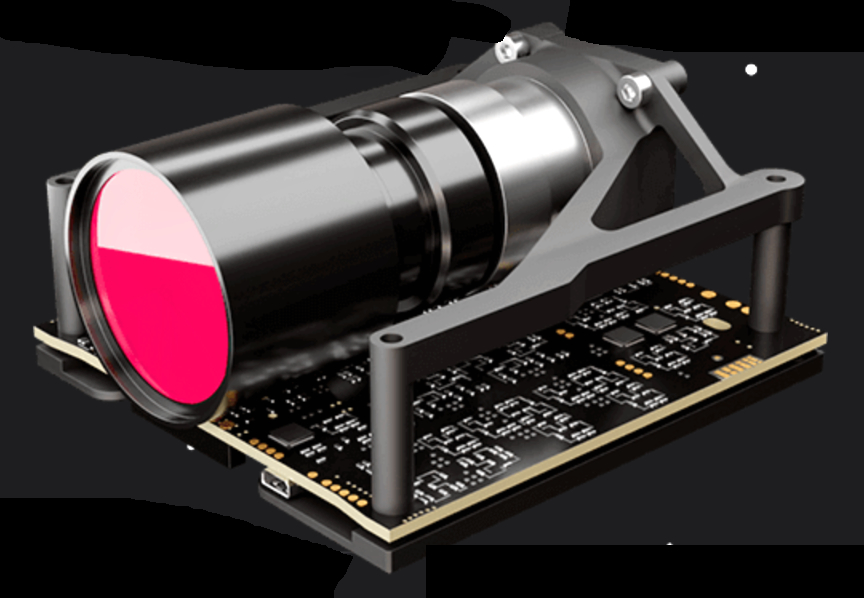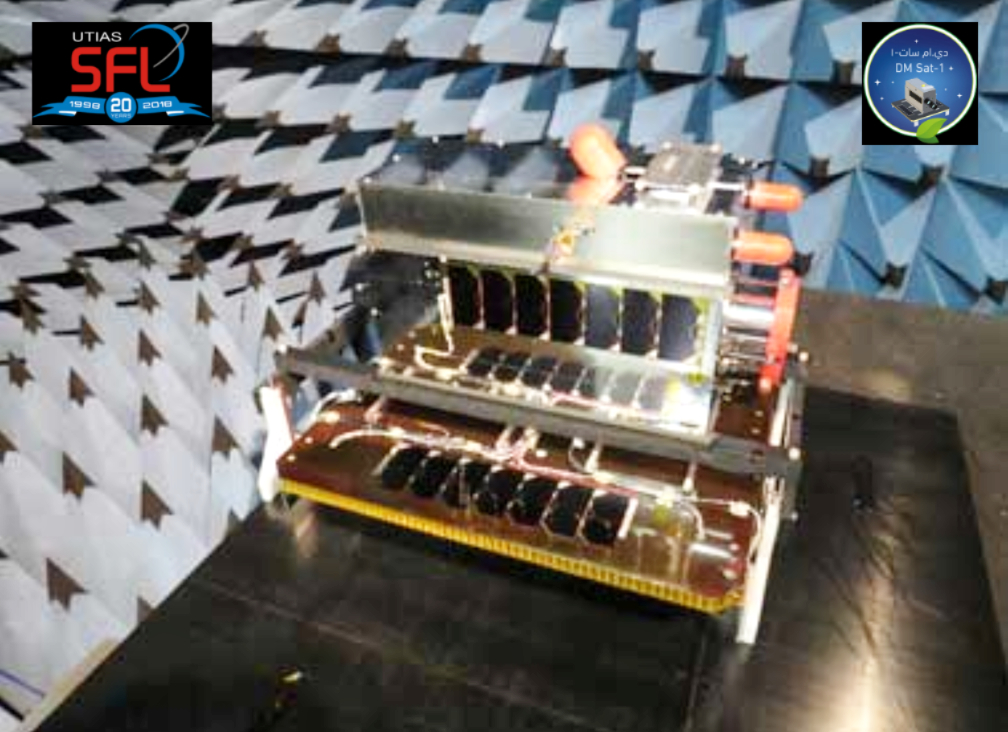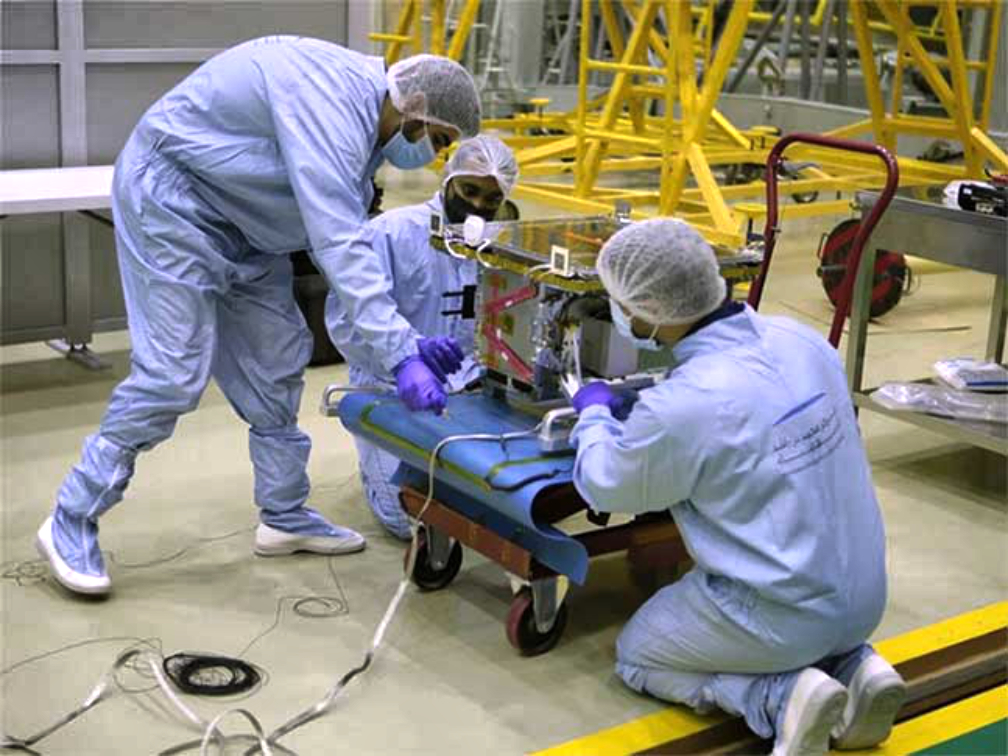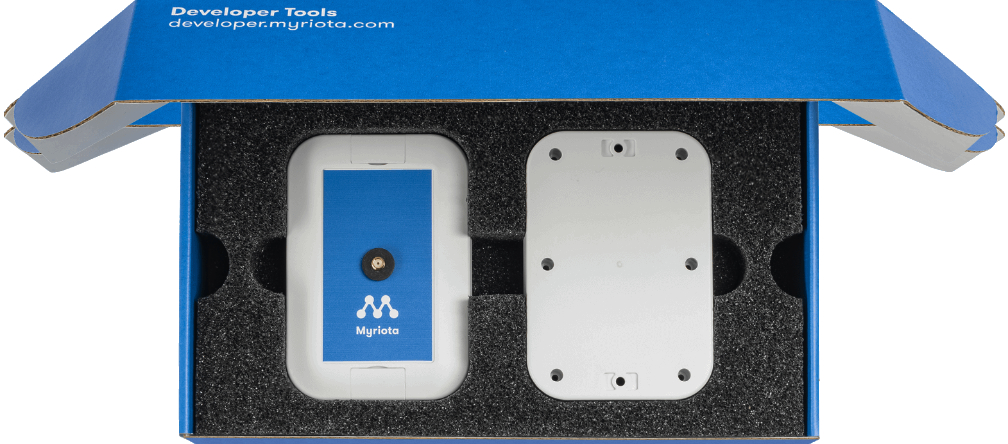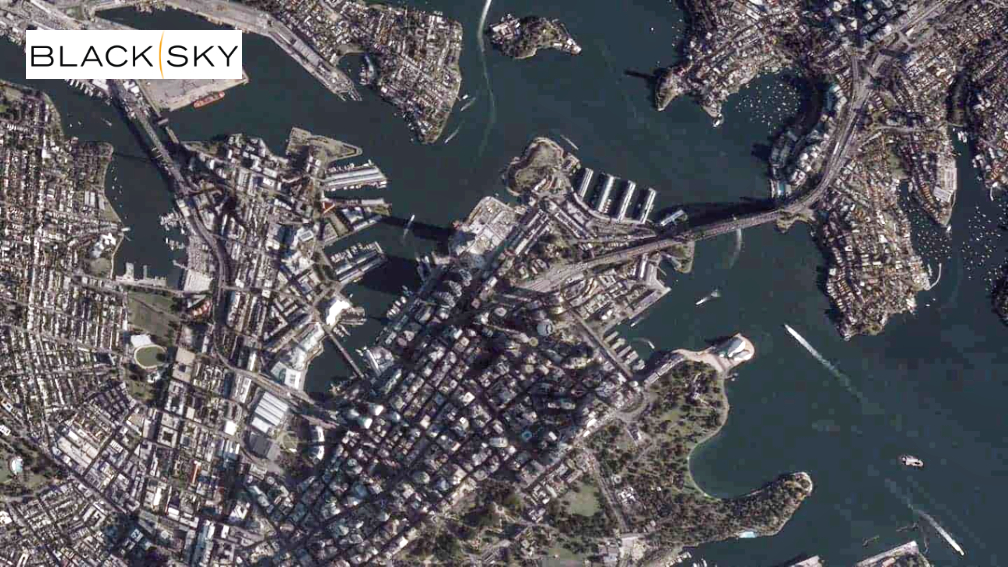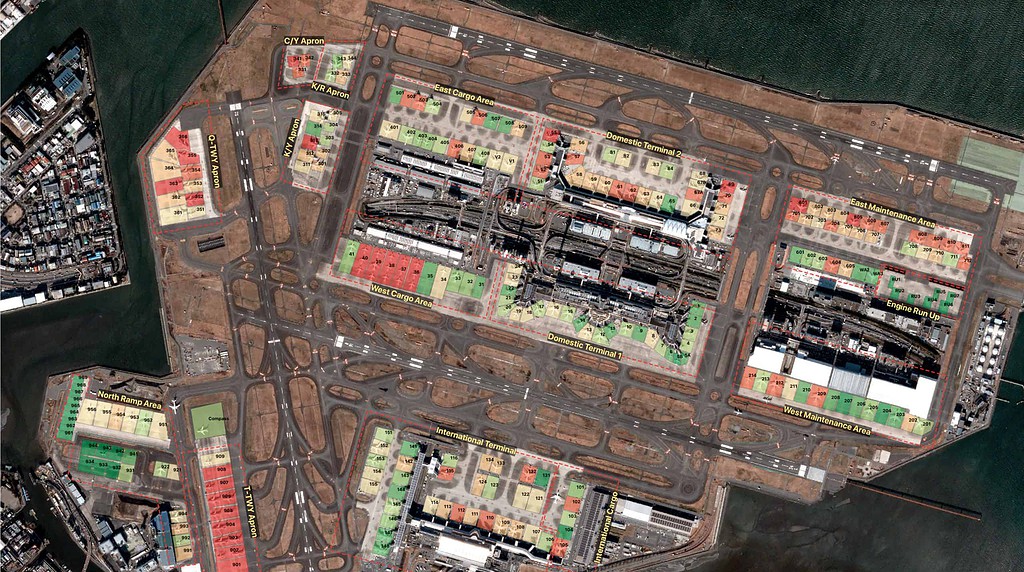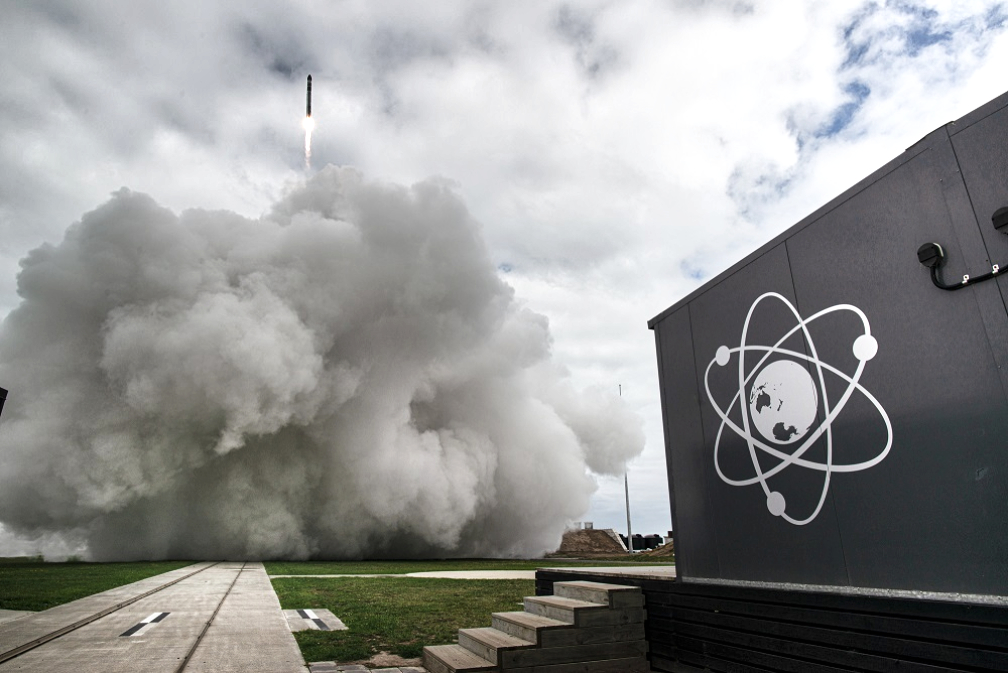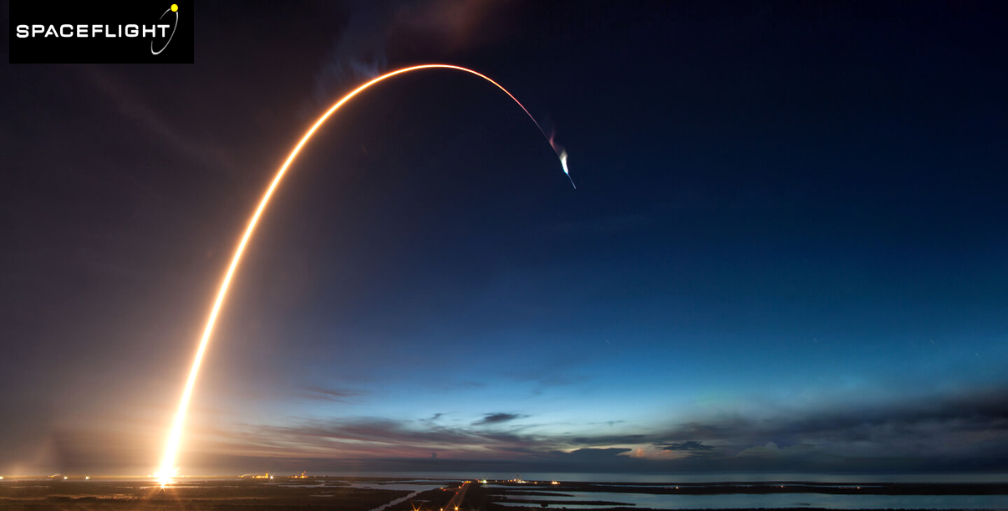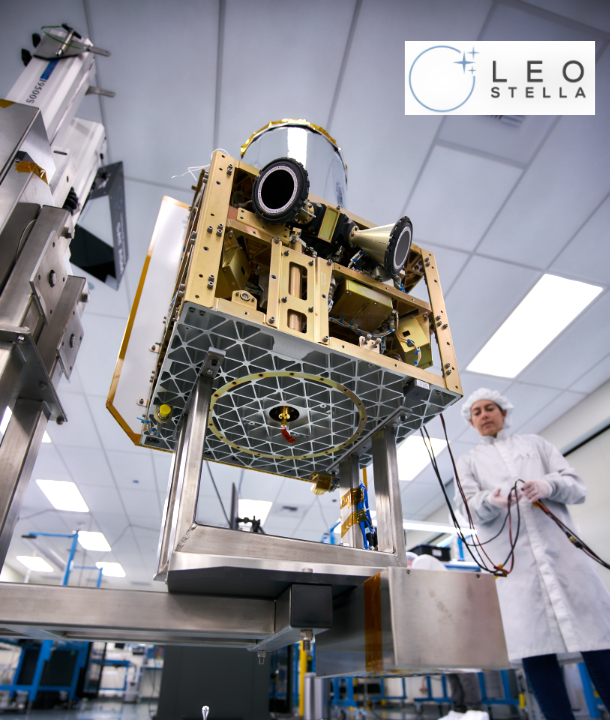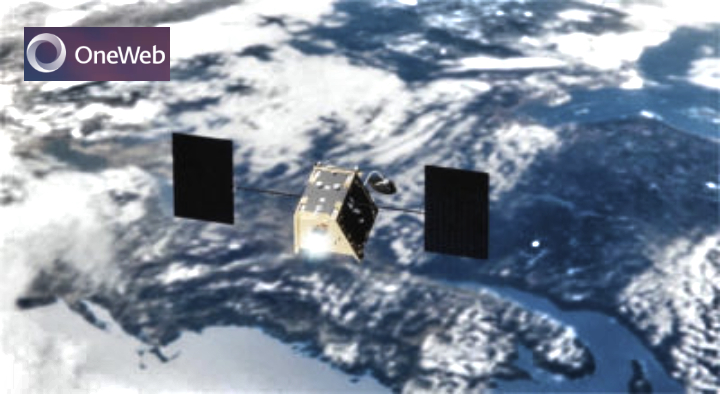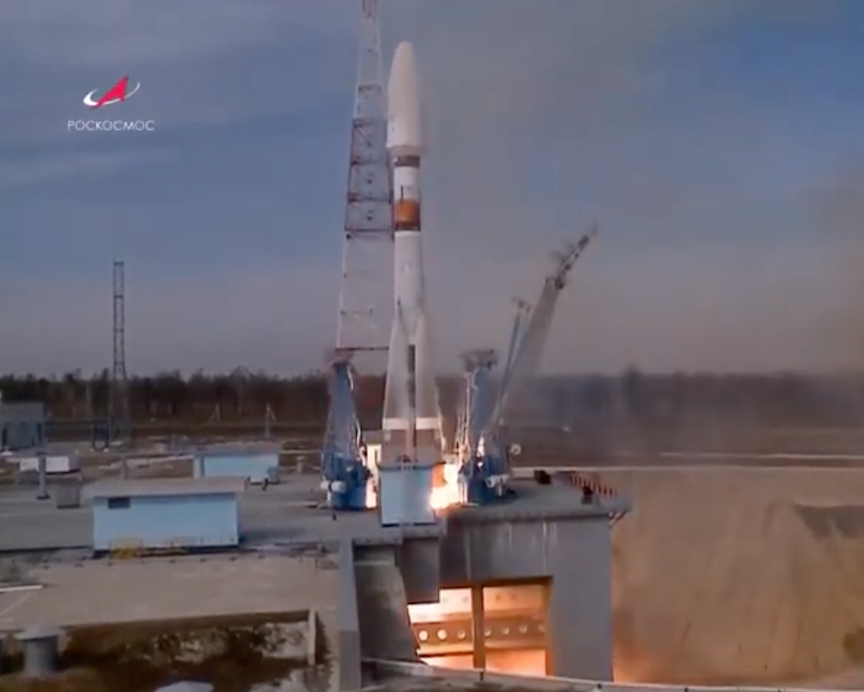
| GRUS-1B, 1C, 1D, 1E are 100 kg smallsats built for optical EO and constitute Axelspace’s “AxelGlobe” platform were successfully launched from Baikonur Cosmodrome, Kazakhstan, on March 22, 2021 at 15:07 JST (06:07 UTC). The company is currently conducting commissioning procedures to verify that all instruments and components onboard the satellites are working as expected. |
| This is the second launch for AxelGlobe after the successful deployment of GRUS-1A in December of 2018. Axelspace plans to officially start the service with 5 satellites by June 2021. This will increase the monitoring frequency from every two weeks to every couple of days and enable full-scale utilization in a wider range of industries and applications than ever before. |
Original release…
The launch date of the four Axelspace satellites (GRUS-1B, 1C, 1D, 1E) is set for March 20, 2021, from Baikonur Cosmodrome in Kazakhstan.
These smallsats will become part of the AxelGlobe Earth Observation System and this will be the second launch for the company, after the successful deployment of GRUS-1A in December of 2018.
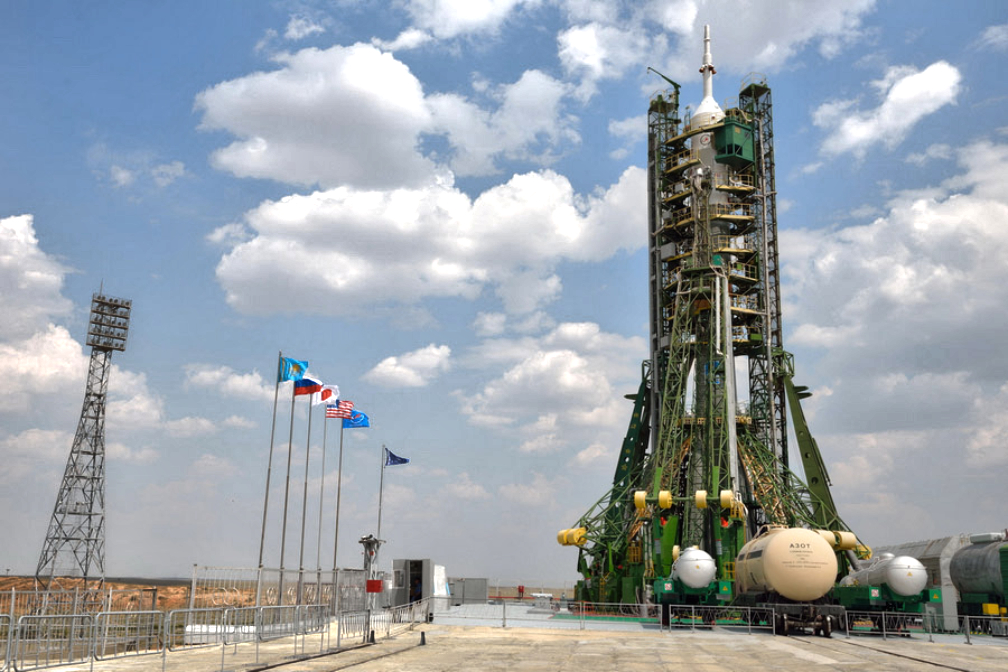
Launch Campaign Members in Axelspace hoodies have been working on final preparation for the launch.



